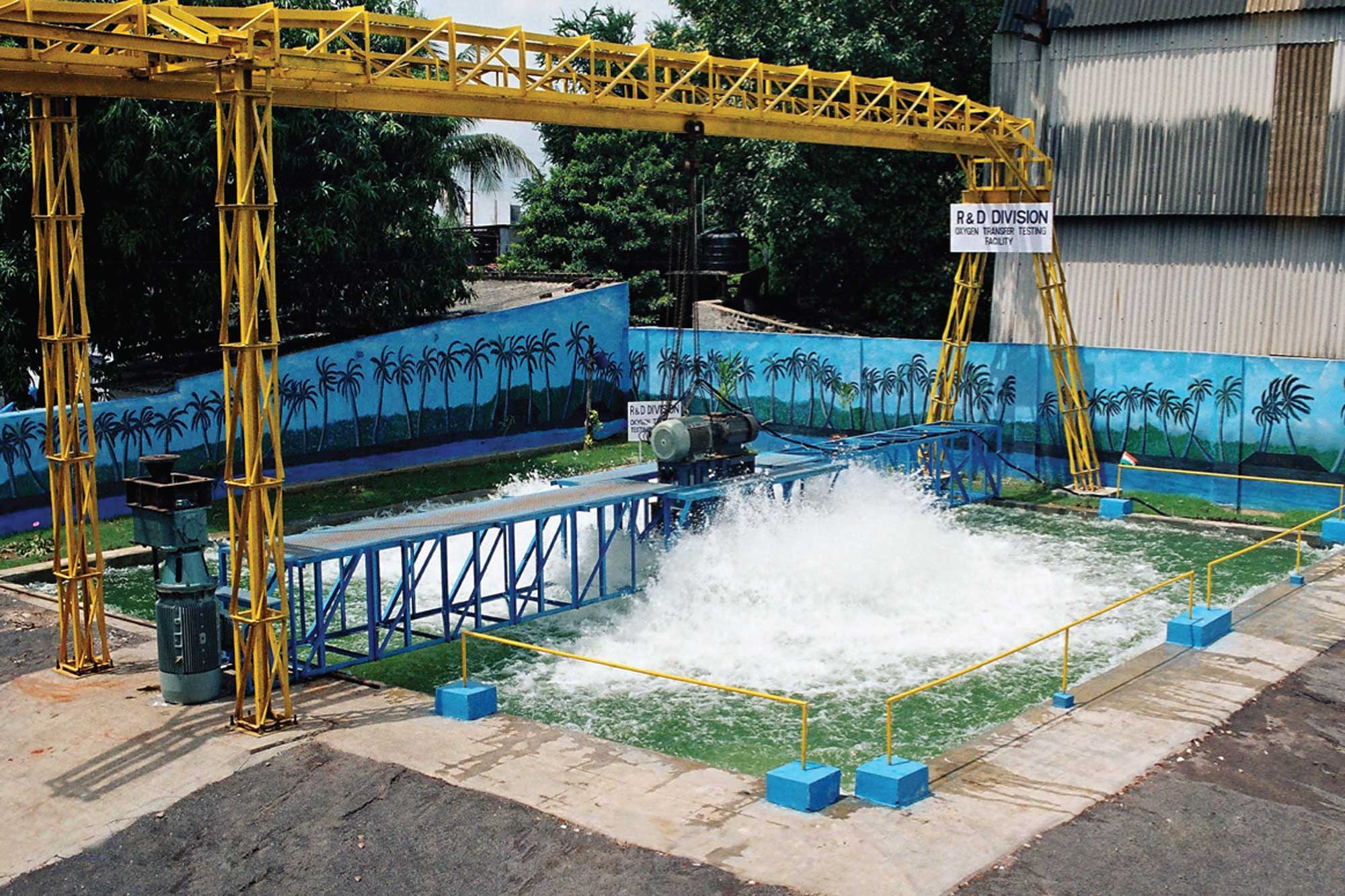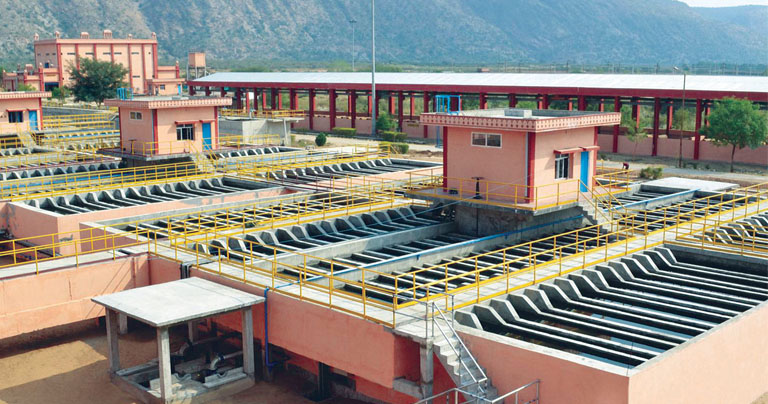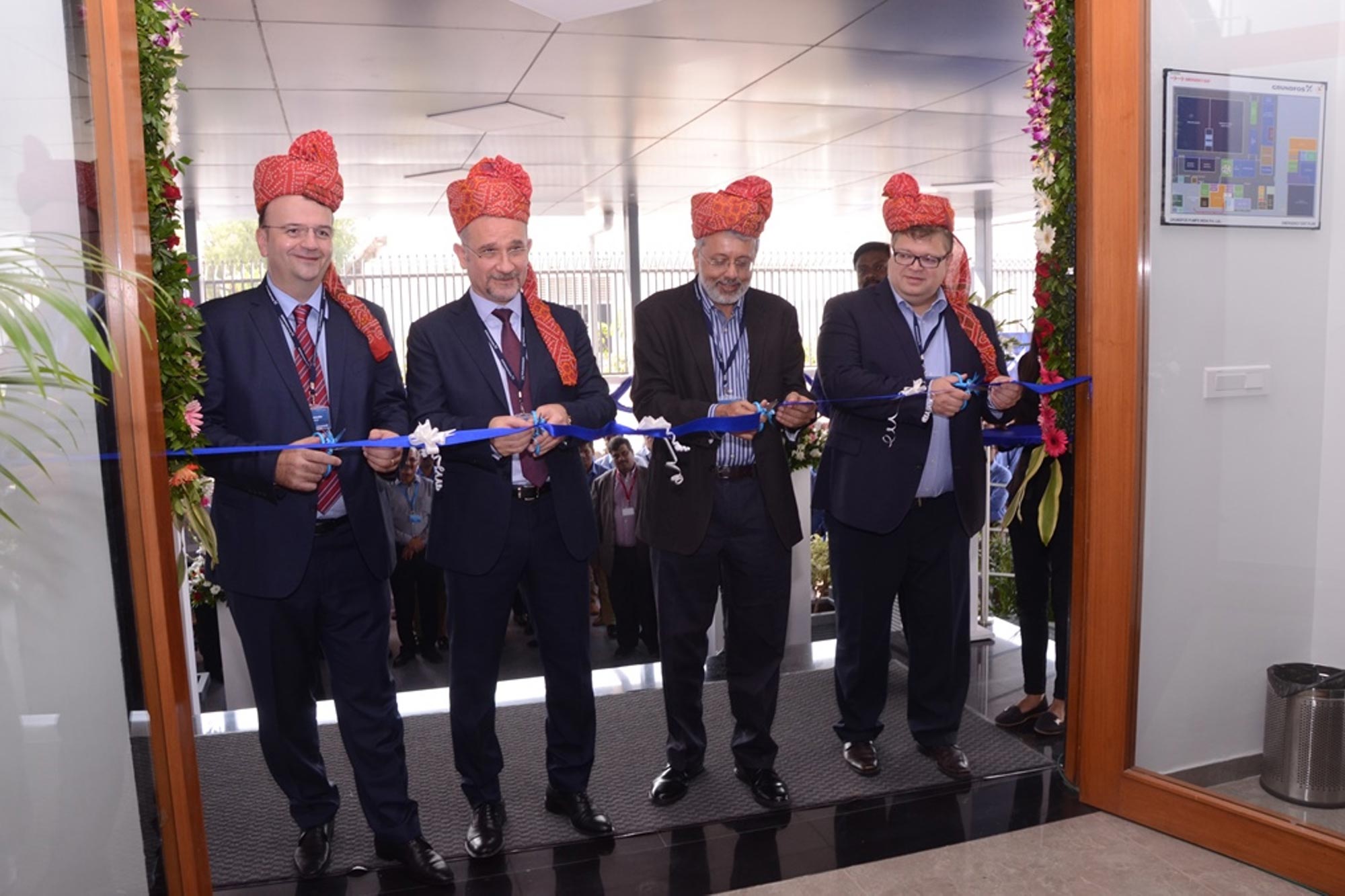Why not getting outlet results in biological aeration system in ETP or STPs?
By Edit Team | June 16, 2016 9:03 am SHARE

Aeration system is the heart of any biological ETP or STP and maximum energy is consumed in aeration system to reduce the BOD and COD and as this is non-productive plant the energy used in such systems is also a monetary waste for any industry, CETP or STP. So to save such expenses the industry — ETP, CEPT, and municipal corporations should enquire whether the invested capital will work efficiently for a long period of time with low maintenance.
There are many aeration systems available in the market like mechanical aerators i.e. slow speed, high speed, aspirator or aerators with draft tube arrangements or energy efficient aerators etc. Diffused aeration system have many types of diffusers, jet aerators, EL02 aerators etc. and almost every manufacturer claims that his systems are very efficient. Then why the industry ETP, CETP or STP are facing problems in getting the desired results as per the norms of PCB in there aeration systems even after burning a large amount of energy? The reasons are:
The subject is new to the end-users so they are totally dependent on the consultants or experts. The consultants or experts design the plants perfectly and they recommend 2-3 manufacturers of such systems. The industry, CETP or STP never take the references from the manufacturers of the systems working efficiently in other plants. They take the project very lightly, but they always forget that this is a moral responsibility first and statutory requirement and if the system fails then they will be facing lot of trouble or problems in future, so the industries — ETP, CETP or STP and municipal corporations, consultants and experts should be very serious before taking any decision of installing such systems. Generally, such projects are offered on turnkey basis, in such cases the turnkey executors always try to purchase the equipment at a low cost to increase their profits, but they are not aware that after finishing civil, piping, electrical work the final results is to be achieved only by mechanical systems. They should provide the characteristics of the effluent, design details like dimension of aeration tank. They should also ask questions to the manufacturers of such systems like: calculation of HP of aeration system i.e. how the HP of the aeration system arrived? How the manufacturer gives the guarantee of achieving the final out put results or the aeration tank? What steps he will be taking for aeration tank having more depths than 2.5 metres? Does the manufacturer had tested the manufactured aeration system like oxygen transfer and mixing efficiency which is a must in any aeration system? If yes then where? Is the manufacturer is capable to show the oxygen transfer test if required?
At the initial commissioning stage the manufacturer of aeration system or turnkey executors show the handsome results but, once they hand over the plant to the end-user say after a period of time of 6-10 months the efficiency of the outlet parameters of the effluent getting disturbed due to inefficient aeration system and the end-user starts facing the problems of not getting the desired results. Meantime the guarantee of the equipment also gets over. No end-user who is facing problems in achieving the results will disagree with this. What if the results are not achieved after a period of time after a huge capital investment?
Environ Engineering is in this field since 1979 and always educate the end-users first and then ask them to take their own decision. In such cases after
understanding the technical features and their requirement the end-users are always in a position to take right decisions.
In any mechanical aeration system apart from oxygen transfer, mixing efficiency is equally important the oxygen transfer or mixing efficiency depends on the design of the aerator impeller. Each and every aerator impeller has its own influence zone and limitations to cater particular depth of say 2.5 metres.
But if the tank depth is more than 2.5 metres; then there will be settlement at the floor level, which will create septic conditions and the D.O. level reduces and sometimes goes down to zero, which all the aerator manufacturers, ETP or STP designers, consultants, environments engineers, experts, turnkey executor etc. will agree.
Nowadays, as due to the space constraint, most of the aeration tanks a designed with higher depths. As the depths of the aeration tank is more than 2.5 metres. Environ believes that it is the duty of the aerator manufacturer to design an aerator impeller considering the depth of the aeration tank.
This is not possible without doing the experiments or R&D.
As the industries — ETP, CETP, STP and municipal corporation might not be aware that mostly every manufacturer of mechanical aerator have their standard design of the impeller for standard HP. For example, the design of 25 HP impeller is standard i.e. the aerator impeller of 25 HP installed in the aeration tank depth of 2.5 metres, the same standard design impeller is supplied &installed in 3, 3.5, 4, 4.5, and 5 metres. It is very simple to understand that every impeller has its own limitation to offer the results up to particular depth (simple theory of pump-suction and discharge). Then how the same design of the impeller will be efficient in 2.5 metres and 5 metres? The impeller which works in 2.5 metres will never work in 3, 4.5, or 5 metres depth and due to which sludge is settled at the floor level of aeration tank. The industry ETP or municipal corporation — STP, CETP who are not achieving the results can check in their aeration tank there will be minimum l metres or 1.5 metres sludge is settled. If the sludge is settled in aeration tank it creates the septic condition due to which the oxygen transfer efficiency reduces and the D.O. level will be near to zero. So running the aerators in such cases is a waste of energy and money. So in particular cases nobody can blame to consultants, experts or designers as the design is properly done. The failure is only due to performance or design of the aerator, as the mixing efficiency of the aerator impeller is missing due to more than 2.5 metres depth. This is one of the main and basic reasons for not achieving the results in aeration systems and it also proves the efficiency of the aerators.
Authored by__
Jayraj C. Thakore, Director
Environ Engineering Company
864/3/B, G.I.D.C. Industrial Estate, Near GCEL, Makarpura,
Vadodara – 390010, Gujar
Tel: +91-265-2643870, 6536670
Mobile: 9879788102, 9825008442
E-mail: environ@environengg.com
Cookie Consent
We use cookies to personalize your experience. By continuing to visit this website you agree to our Terms & Conditions, Privacy Policy and Cookie Policy.








































































